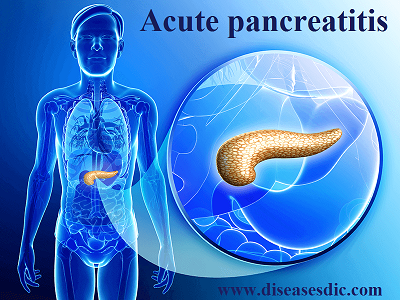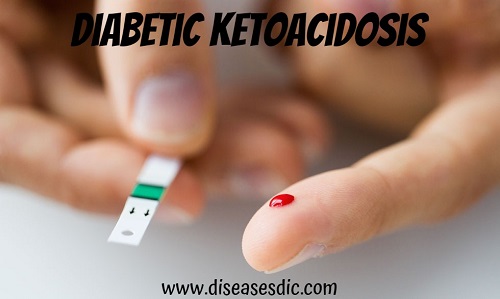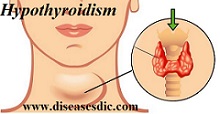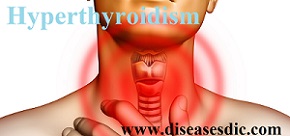Overview Sheehan’s Syndrome, also known as postpartum hypopituitarism or postpartum pituitary insufficiency, can occur in women experiencing severe uterine hemorrhage or exceptionally low blood pressure during childbirth. The significant blood loss and subsequent reduced oxygen flow to the pituitary gland, caused by the hemorrhage, result in tissue death within the …
Read More »Congenital adrenal hyperplasia (CAH)- Overview, Types, and Treatment
Definition Congenital adrenal hyperplasia is a genetic disorder of the adrenal glands. If your child has this condition, it means that her adrenal glands don’t produce enough of the vital hormones cortisol and aldosterone. As a result, her body produces too much androgen. When there is not enough cortisol and …
Read More »Acute pancreatitis- Symptoms, Treatment and Prevention
Definition Acute pancreatitis refers to an acute inflammatory process of the pancreas, usually accompanied by abdominal pain and elevations of serum pancreatic enzymes. This syndrome is usually a discrete episode, which may cause varying degrees of injury to the pancreas and adjacent and distant organs. The incidence of acute pancreatitis …
Read More »Diabetic ketoacidosis (DKA)- Treatment and Prevention
Definition Diabetic ketoacidosis (DKA) is a severe and life-threatening complication of diabetes. Diabetic ketoacidosis occurs when the cells in our body do not receive the sugar (glucose) they need for energy. This happens while there is plenty of glucose in the bloodstream, but not enough insulin to help convert glucose …
Read More »Gigantism – Definition, Causes, and Treatment.
Definition of Gigantism Gigantism is a rare condition that causes abnormal growth in children. This change is most notable in terms of height, but girth is affected as well. It occurs when your child’s pituitary gland makes too much growth hormone, which is also known as somatotropin. Early diagnosis is …
Read More »Hypothyroidism – Definition, Pathophysiology, and Symptoms.
Definition Hypothyroidism – also called underactive thyroid – is the most common thyroid disorder. It happens when your thyroid gland doesn’t produce enough thyroid hormone, which is essential because thyroid hormone helps regulate important body processes, such as your metabolism. But with low thyroid function, these body processes slow down. …
Read More »Hyperthyroidism – Definition, Causes, and Treatment.
Definition Hyperthyroidism (overactive thyroid) is a condition in which the thyroid gland produces the high level of the hormone thyroxine. In other words, it can be called as overreactive thyroid. The thyroid gland is an organ located in the front of your neck and releases hormones that control your metabolism …
Read More »Amenorrhea – Causes, Treatment and Prevention
Description Amenorrhea is the disappearance of menses in women who are at the reproductive stage. But it is common in prepubertal, postmenopausal, and pregnant woman. It also ceases in the women when they are breastfeeding. Around the age of 50, mensuration stops permanently. However, it is a health problem rather …
Read More » Diseases Treatments Dictionary This is complete solution to read all diseases treatments Which covers Prevention, Causes, Symptoms, Medical Terms, Drugs, Prescription, Natural Remedies with cures and Treatments. Most of the common diseases were listed in names, split with categories.
Diseases Treatments Dictionary This is complete solution to read all diseases treatments Which covers Prevention, Causes, Symptoms, Medical Terms, Drugs, Prescription, Natural Remedies with cures and Treatments. Most of the common diseases were listed in names, split with categories.








